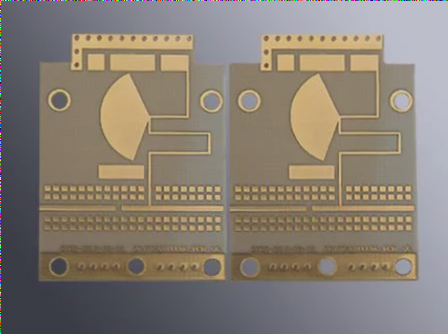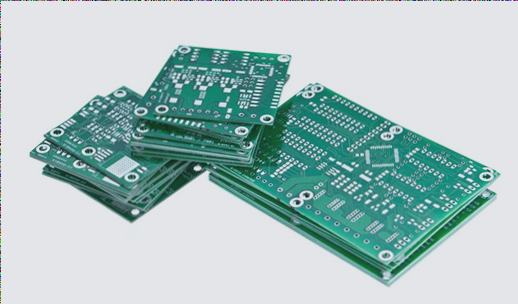Controlling PCB EMI in Switching Power Supplies: Best Practices
Designing a PCB involves more than just circuit structure and device placement. Controlling PCB electromagnetic interference (EMI) is crucial for ensuring overall design efficiency. Developers are increasingly concerned about avoiding EMI in switching power supplies.
Key Considerations for PCB Layout
- Even with a correct schematic design, poor PCB layout can impact electronic equipment reliability. For instance, closely placed parallel traces on the PCB can cause delays in signal waveforms and lead to performance degradation due to reflected noise.
- Adopting correct layout practices is essential to mitigate these issues and optimize PCB performance.
Understanding Switching Power Supply Current Loops
Switching power supplies consist of four main current loops:
- The AC circuit of the power switch
- The output rectifier AC circuit
- The current loop of the input signal source
- The output load current loop
Optimizing Component Placement
Proper component placement is key to minimizing EMI and ensuring efficient operation:
- Position filter capacitors, power switches, and inductors close to each other to reduce current path lengths.
- Follow a meticulous layout process that includes placing the transformer, designing current loops, and connecting control circuits effectively.
Guidelines for Layout Design
When designing the output load loop and output filter, adhere to these principles:
- Consider PCB size to balance impedance, noise immunity, and cost factors.
- Avoid overcrowding components during placement to facilitate future soldering.
- Center layouts around core components, maintain neatness, and minimize lead lengths.
- Arrange circuits in parallel for high-frequency components to enhance aesthetics and ease of installation.
- Optimize signal circulation by aligning circuits in the same direction.
- Focus on maintaining a good wiring rate and minimizing loop areas to reduce radiation interference.
Effective PCB Layout Practices
By following these best practices in PCB layout design for switching power supplies, developers can enhance performance, reduce EMI, and ensure the reliability of electronic equipment.





